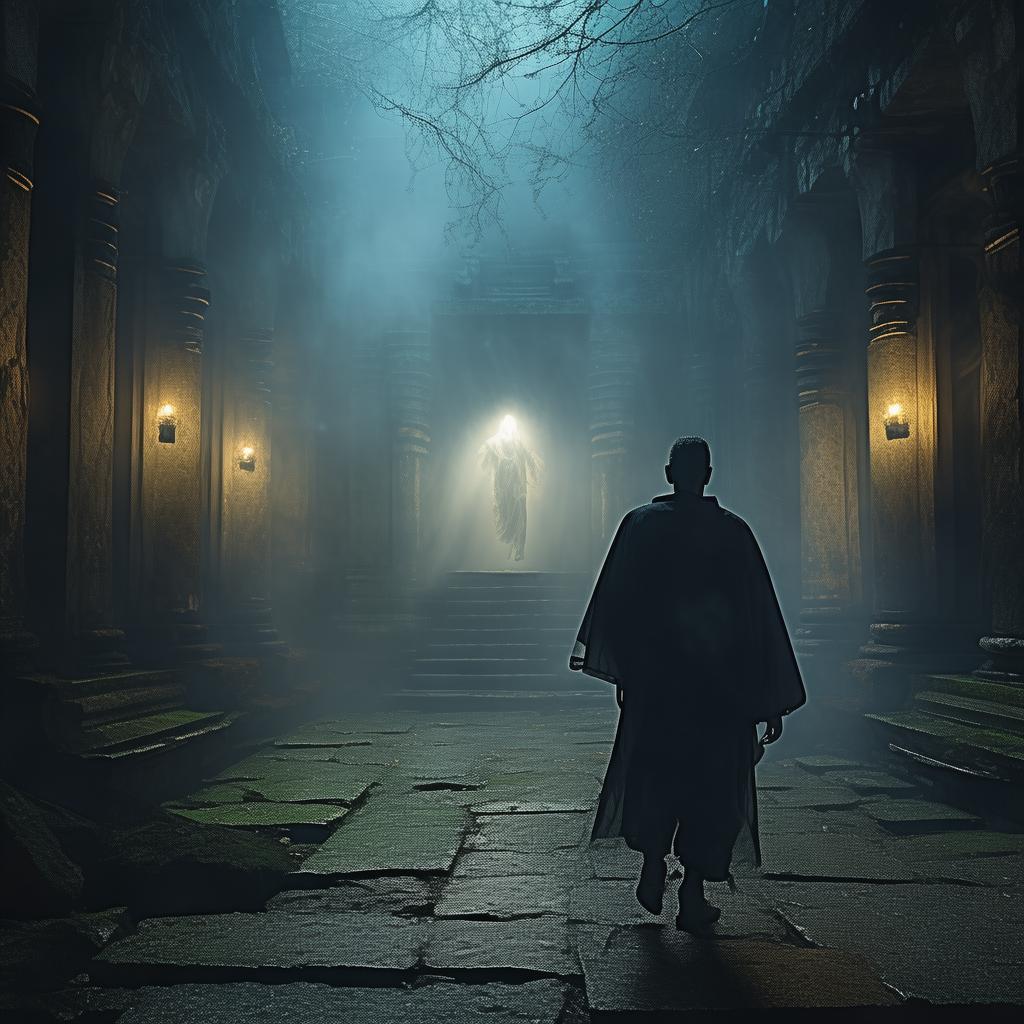The CSS Conundrum: The Haunted Pseudo-Elements
In the heart of a bustling metropolis, where the neon lights danced a silent samba with the city's pulse, there lived a man named Alex. By day, he was a web designer, crafting the digital landscapes that would captivate and captivate the world. By night, he was a ghost hunter of sorts, seeking out the ethereal in the realm of code and pixels.
Alex's latest project was a redesign for a haunted house attraction, a place that had been rumored to be haunted for generations. The client, an eccentric businessman with a penchant for the macabre, wanted the website to reflect the eerie ambiance of the attraction itself. Little did Alex know that this project would not only challenge his skills in web design but would also push the boundaries of the supernatural.
The website was almost complete. The haunted house's Gothic architecture was rendered in pixel-perfect detail, and the eerie sounds of the haunted mansion were simulated with CSS pseudo-elements. Alex had used the `:before` and `:after` pseudo-elements to create ghostly apparitions that would appear and disappear as the user scrolled down the page. It was a testament to his creativity, and he was proud of his work.

As Alex finalized the last touches, his phone buzzed with an incoming call. It was a client who had been silent for days. "Alex, the website's great," the client said, his voice tinged with urgency. "But there's something... wrong. The ghostly elements are moving on their own."
Puzzled, Alex logged into the website to see what the client was talking about. To his horror, the ghostly pseudo-elements were indeed moving, swirling and dancing in ways that Alex had never programmed. It was as if they had a life of their own, and they were restless.
Over the next few days, the phenomenon grew. The ghostly pseudo-elements became more aggressive, appearing to chase the cursor as Alex scrolled through the page. Alex's colleagues began to notice the odd behavior, and whispers of a haunted website spread through the office. The client was beside himself, demanding answers and solutions.
Determined to uncover the truth, Alex delved deeper into the code. He discovered that the ghostly pseudo-elements were not just programmed to appear and disappear; they were also reacting to the user's emotions. The more fear or excitement the user felt, the more the pseudo-elements would move.
This revelation led Alex to an unsettling conclusion: the website was not just haunted by the digital kind; it was haunted by the emotions of those who visited it. The ghosts of the haunted house had been trapped in the digital realm, their spirits unable to find peace until their story was told.
Alex knew he had to help the spirits find their rest. He redesigned the website, incorporating elements that would provide a cathartic experience for the visitors. The ghostly pseudo-elements now appeared in a loop, each one representing a different story of the haunted house's past. As visitors scrolled through the website, they were encouraged to share their own stories, releasing the trapped spirits in the process.
The change was immediate. The ghostly pseudo-elements began to settle, their movements slowing and eventually stopping altogether. The haunted house's spirits seemed to find solace in the shared stories of the visitors, and the website became a place of healing rather than a source of fear.
The office buzzed with the news of the haunted website's transformation. People came from far and wide to experience the new website, and it became a sensation. Alex's work was celebrated, not just for its technical prowess but also for its emotional impact.
In the end, Alex learned that the line between the digital and the supernatural was not as clear-cut as he had once thought. He had helped spirits find peace in the digital realm, and in doing so, he had uncovered the true power of web design: the ability to connect, to heal, and to bridge the gap between worlds.
As the final version of the website went live, Alex sat back and watched as visitors scrolled through the pages. The haunted pseudo-elements had finally found their rest, and the spirits of the haunted house had been set free. The project had been a success, not just for the client or the visitors, but for Alex himself, whose life had been forever changed by the CSS conundrum that had become a hauntingly beautiful reality.
✨ Original Statement ✨
All articles published on this website (including but not limited to text, images, videos, and other content) are original or authorized for reposting and are protected by relevant laws. Without the explicit written permission of this website, no individual or organization may copy, modify, repost, or use the content for commercial purposes.
If you need to quote or cooperate, please contact this site for authorization. We reserve the right to pursue legal responsibility for any unauthorized use.
Hereby declared.









